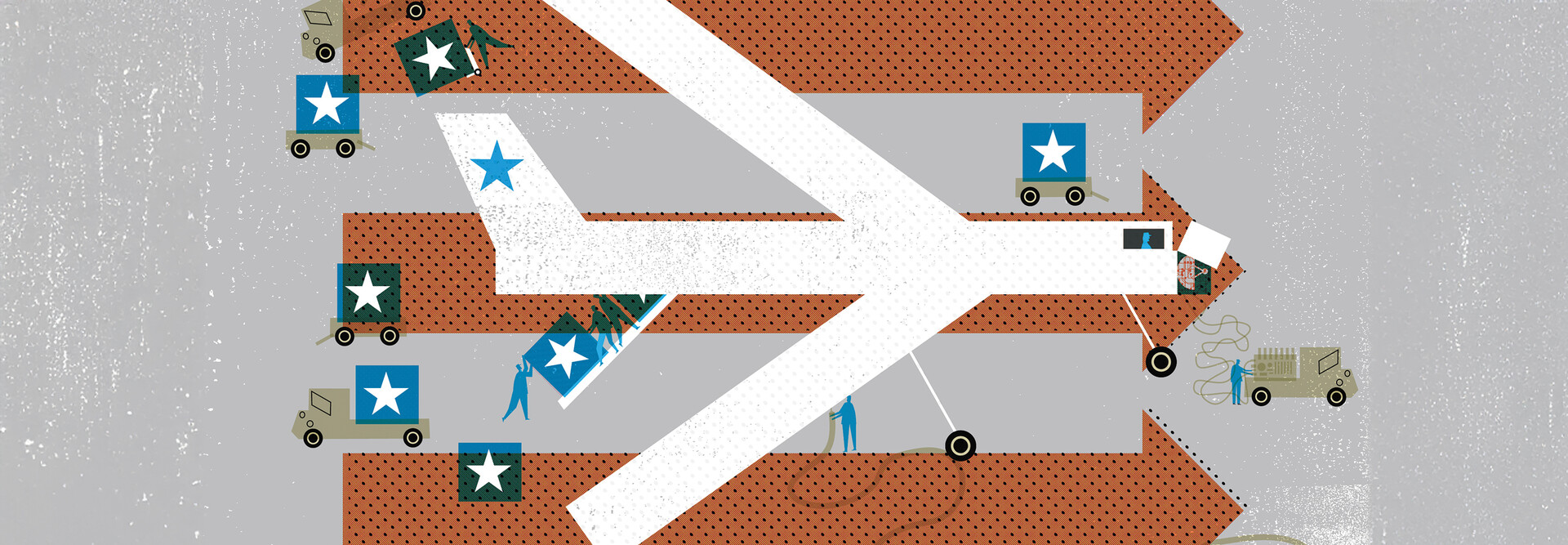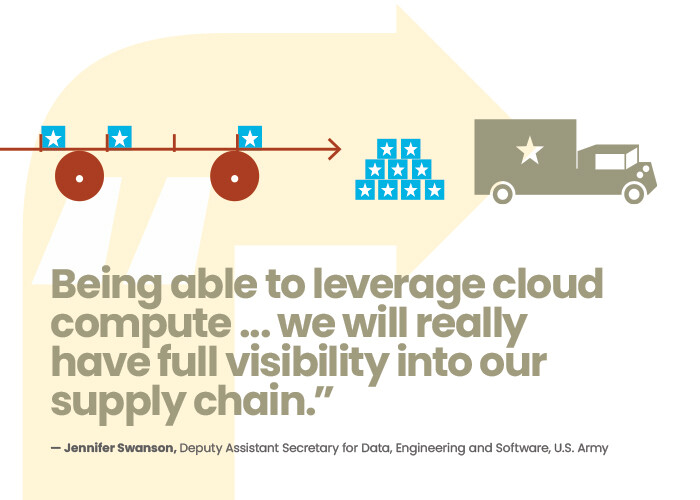Managing Maintenance Supply Chain Data
The Air Force Sustainment Center must manage the many parts and processes that support aircraft maintenance. “We have industrial plant equipment that runs 24/7 at multiple locations, three major sustainment centers and multiple geographically separated units,” says Joshua Thompson, a former IT specialist and enterprise architect for AFSC.
Those facilities together produce vast volumes of data that need to be analyzed in support of efficiency and productivity. With its AFSC Technology Hosting Environment for NextGen Automation (ATHENA) program, the sustainment center taps the power of the cloud to keep that supply chain strong.
USAF needed a modernized way to pull together all of the data describing its maintenance supply chain.
MORE FROM FEDTECH: Agencies are experimenting with generative AI.
“When you’re trying to make business-driven decisions, by the time that manual data makes it off the shop floor, a machine tool may have had a breakdown, spindle speeds may be off, or machine tools may be underutilized,” Thompson says.
For faster insights, the Air Force relies on AWS Outposts — a fully managed service that extends AWS infrastructure, services, application programming interfaces and tools to customer locations — and Cloud One, AWS’s cloud security platform.
“The Air Force Sustainment Center is on a mission to use this platform to better connect, secure and enhance depot operations, ultimately sponsoring a more robust and cybersecure supply chain,” Thompson says.
With ATHENA, “all of these pieces of operational technology can stream their information to a cloud data source,” says John York, a solutions adviser at AFSC. “We can take advantage of those cloud technologies for analytics data, real-time data analysis, artificial intelligence and machine learning — all of those things that we’re pushing toward with depot modernization.”














